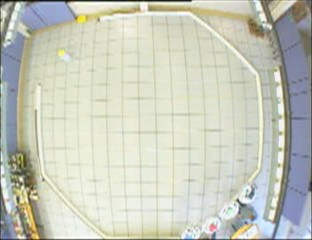| Publications
The links below enable you to download publications and video clips related to the Flying Flock research project
MPhil Thesis 2002- Collective Locomotion in a Group of Small Scale aerial Robots SMC02 - SMC02-INV-322.pdf TIMR2001 - Towards Intelligent Mobile Robots. 3rd British Conference on Autonomous Mobile Robotics and Autonomous Systems. FlyingFlock2001
|
|
| Linux Stuff for the Aerobots This section contains links to White Dwarf Linux which we use on our new Aerobot Blimps. There is also a link to the PCMCIA package that has been hacked to work with the aerobot hardware (this was a problem specific to Cirrus controller chips not setting the correct VCC for CF cards) although it may have been fixed in a recent release. The only files that have been changed are cs.c and i82365.c and all changes have been documented. The latest driver package for the Spectrum24 CF LAN card is also included for download. There is a PDF file which explains how to set up WD Linux on the DIMM PC in a 32Mbyte partition (it will fit in less than 16Mbytes) and the PCMCIA stuff (for the Aerobot).
|
|
| Movies
|



